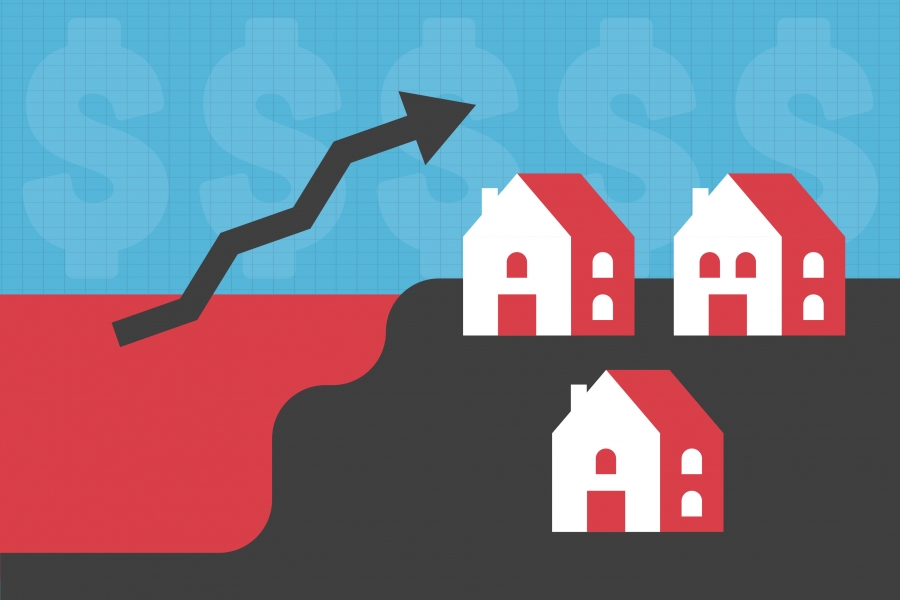
University and city focus on solving housing shortage
UC Davis’ enrollment numbers have steadily increased, as the university opened its doors to 1,100 more students in the 2016-17 academic year. That number is likely to increase in the 2017-18 academic year. This large influx of new students, combined with an increase of residents seeking to make Davis their home, has led to a housing shortage in the city, making it difficult for prospective residents to make the move to Davis.
“When we’re talking about the city of Davis, it includes both the city in terms of long-term residents, but also students,” said Mayor Pro Tempore Brett Lee. “There’s definitely a shortage of rental units available for both students and retirees and also full time workers […] The university has a role to play in adding some more capacity on campus, but the city also has a role to play in making sure that, when apartment complexes are built, that they serve the needs of students, working people and retirees […] There’s a variety of people who want to live in Davis.”
There are thousands of people who commute to Davis every day to study or even work at the university or in the city. Higher housing prices and a lack of available rental housing have forced them to make the daily trip from Sacramento, Woodland or other neighboring cities.
“The biggest problem is that there’s a 0.2 percent [rental] vacancy rate in Davis, which means that at any one point in time, there are less than 40 available and vacant rental locations, [putting] renters at a severe disadvantage,” said David Greenwald, the founder of The Davis Vanguard and a longtime Davis resident. “Any time there’s a problem with the landlord […] people can’t move out reasonably. There’s not enough supply, and the university continues to grow. The problem isn’t limited to Davis, but it’s worse in Davis. There’s not much housing I would consider affordable for the average person.”
Greenwald and The Vanguard have hosted several affordable housing workshops to educate the community and increase awareness of the issue. The city and The Vanguard have both called on the university to increase its housing capacity. Under the plan proposed by The Vanguard, the university would have to build enough housing for all new students and half of the overall student population. The university has agreed to house 90 percent of new students and 40 percent of the total student population, placing the burden of housing these remaining 10 and 60 percents on the students themselves and the city.
“We understand that economists and urban planners consider a vacancy rate of 5 percent to be the ideal balance between the interests of the landlord and tenant,” said Emily Galindo, the executive director of Student Housing and Dining Services, in an email interview. “Based on that, the low rental vacancy rate has its greatest impact on our students. In addition to our recent projects, we have plans for new residence halls in the Cuarto area and new apartments at the Orchard Park site and in West Village.”
At 0.2 percent, Davis’s rental vacancy rate is 25 times lower than the healthy 5 percent that Galindo recommends. The university has continued work on a Long Range Development Plan to create more housing for students. The city has approved a plan for Sterling Apartments and is looking into a project called “Lincoln 40” on Olive Drive as well as a proposal for Nishi Apartments in a field on Olive Drive and Richards Boulevard. The City Council, The Vanguard, ASUCD and the university have all focused their efforts on creating more housing opportunities for students and other potential residents alike.
Written by: Ahash Francis — city@theaggie.org



